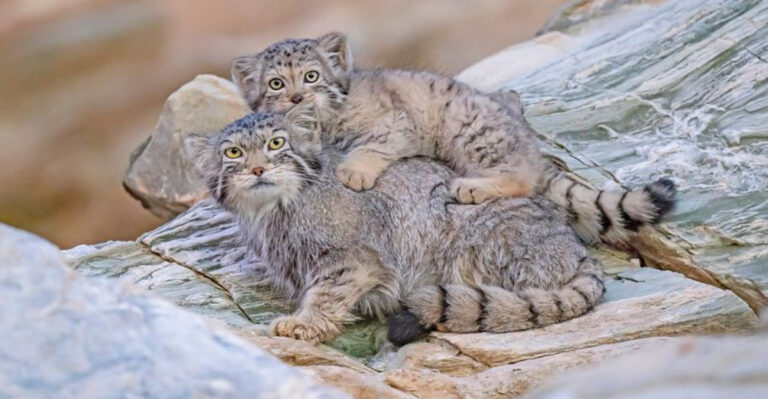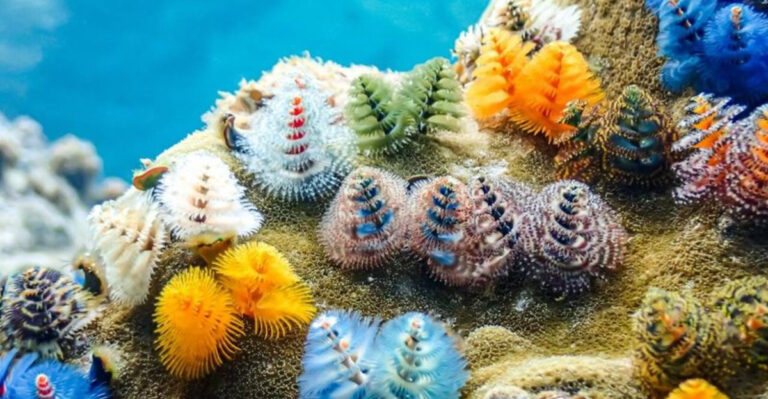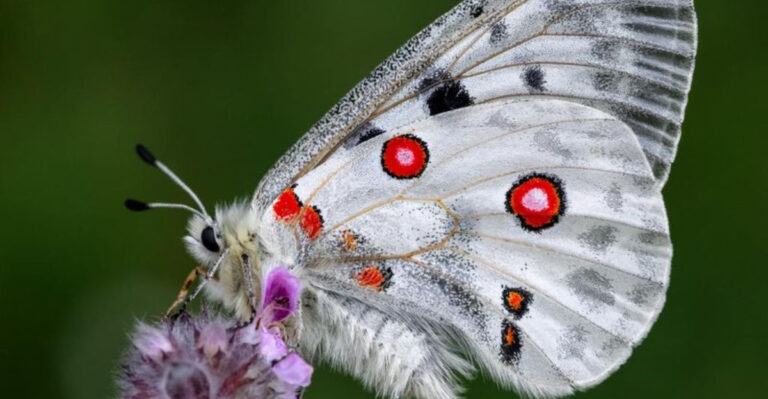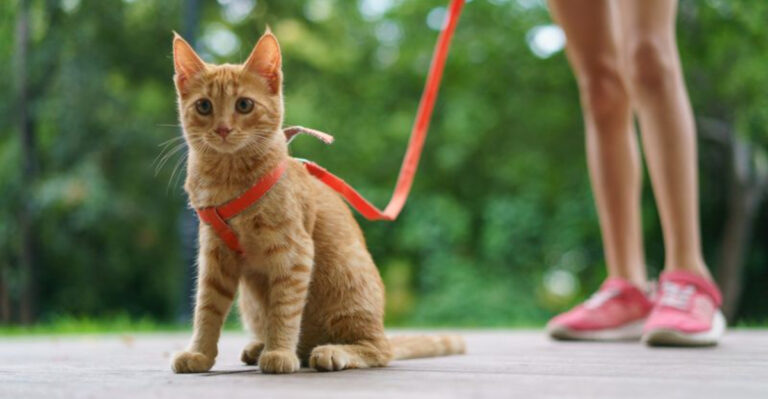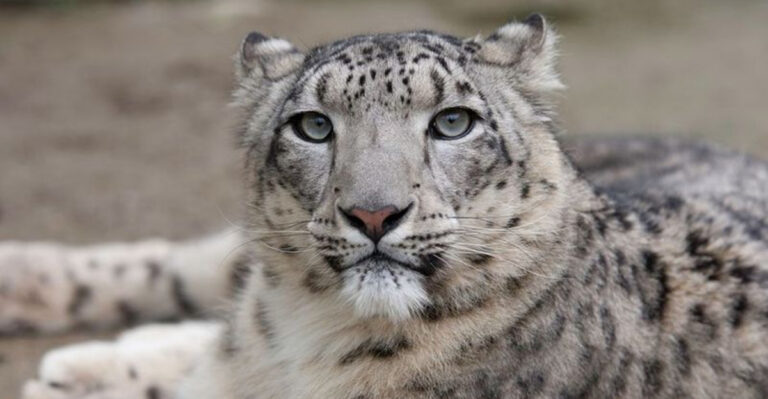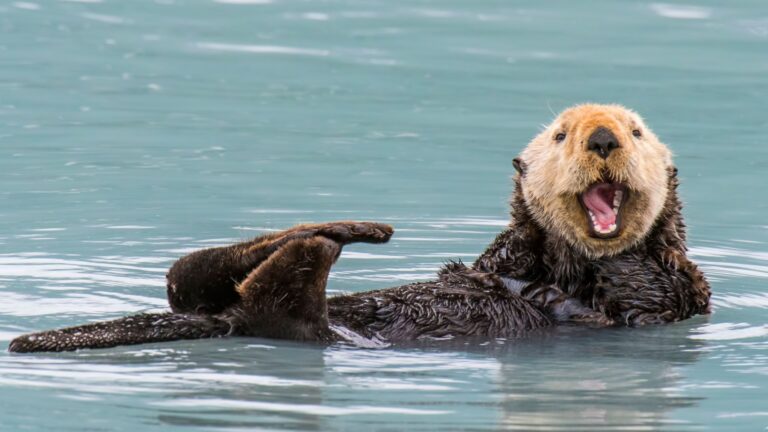How Elephants, Hippos, And Many Others Protect Themselves With Nature’s Sunscreen
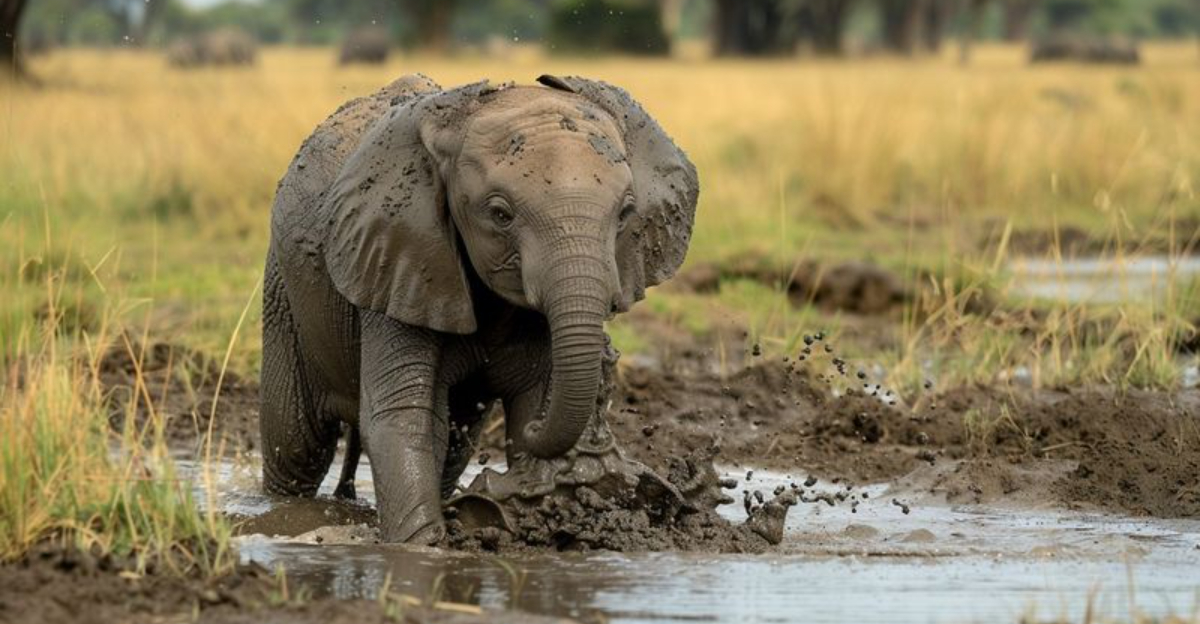
In the wild savanna heat, certain thick-skinned giants have evolved remarkable ways to shield themselves from harsh sunlight.
Elephants, hippos, and rhinos don’t have the luxury of drugstore sunscreen, yet they’ve developed fascinating natural alternatives. These incredible adaptations not only protect their sensitive skin from harmful UV rays but also serve multiple survival purposes in their challenging environments.
Nature’s Sunscreen
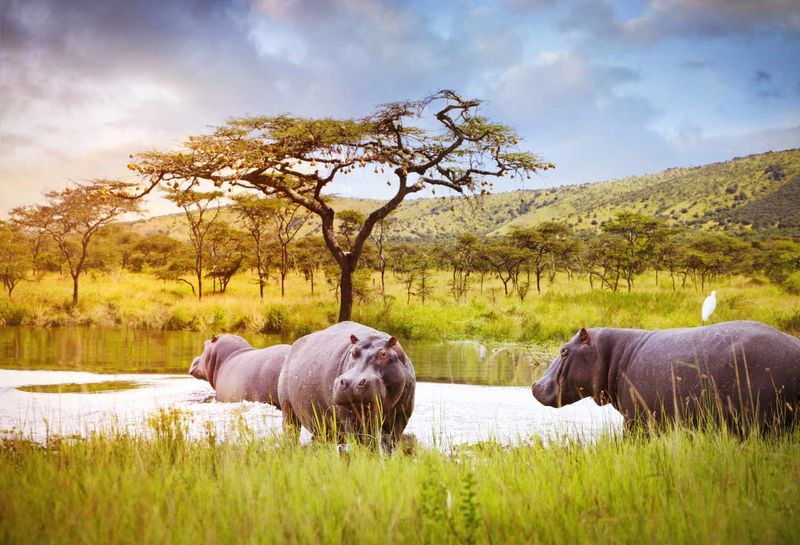
Animals in scorching habitats have evolved remarkable sun protection strategies without a single bottle of SPF 50. Their ingenious adaptations range from specialized secretions to clever behaviors.
For millions of years, these natural sunblocks have protected wildlife from harmful UV radiation while simultaneously serving other survival functions like temperature regulation and parasite defense.
The Role Of Mud And Dust

Mud isn’t just messy play—it’s sophisticated sun protection! When dried, these natural substances create a physical barrier that reflects UV rays away from sensitive skin.
The earth-based coating also doubles as a cooling system, drawing heat from the body as moisture evaporates. Many animals instinctively seek out specific mud types with ideal consistency and mineral content.
Elephants
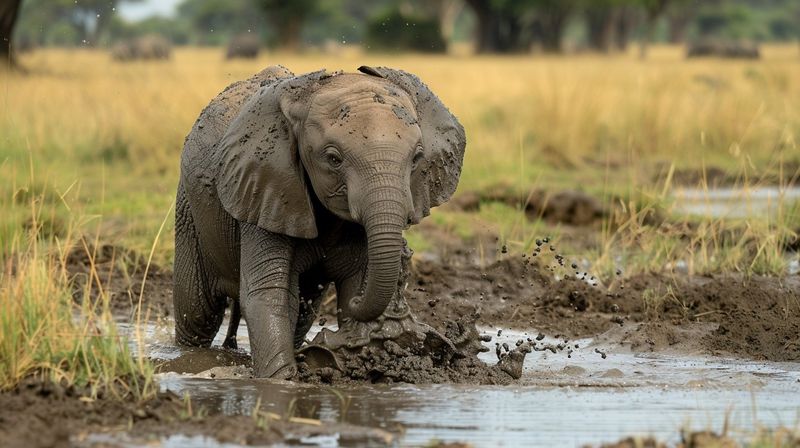
Those iconic elephant mud baths serve a vital protective purpose! After spraying themselves with water, elephants immediately coat their massive bodies with mud or dust.
The resulting crusty layer shields their surprisingly sensitive skin from sunburn. Baby elephants, who haven’t mastered the technique, stay in their mothers’ shadows until they learn this crucial survival skill.
Hippos
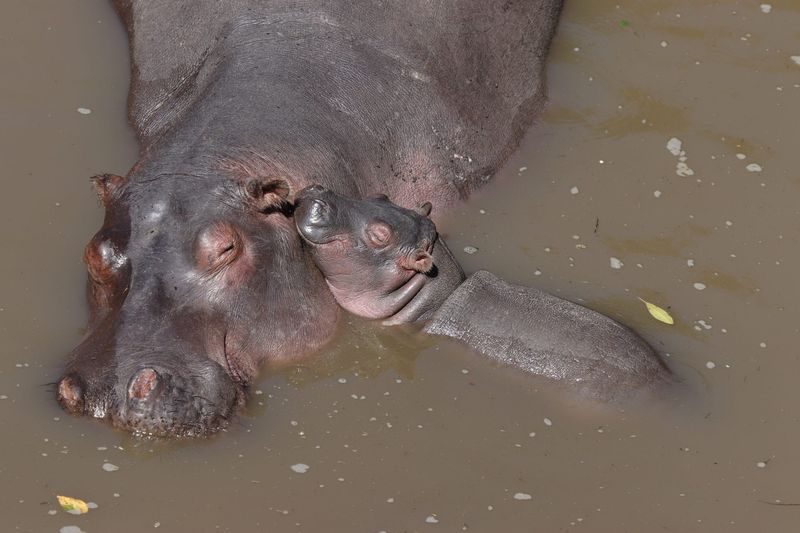
Hippos manufacture their own sunscreen! Their skin glands secrete a reddish substance nicknamed “blood sweat” that darkens to a brownish color when exposed to air.
Scientists have identified this secretion as containing both red and orange pigments. These remarkable compounds absorb UV light and inhibit bacterial growth, keeping hippo skin healthy despite hours spent partially exposed to equatorial sun.
Rhinos
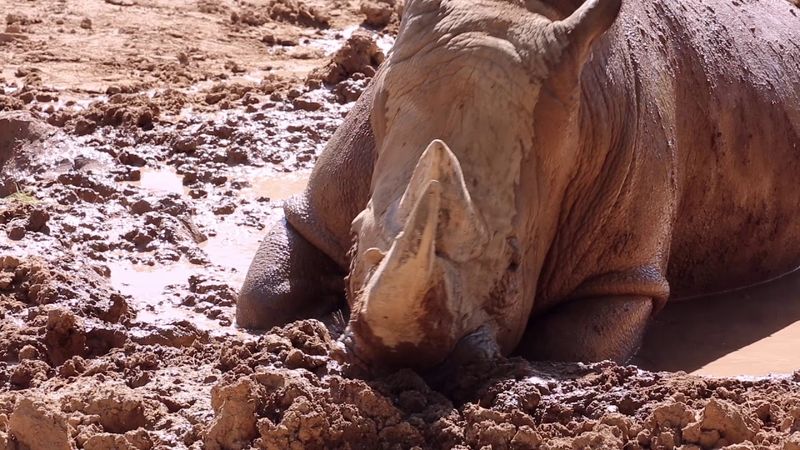
Rhinos take mud wallowing to artistic levels! Their characteristic rolling technique ensures complete coverage, creating a protective armor against both sun and biting insects.
The dried mud layer also helps remove ticks and parasites when it flakes off. Rhinos are so dedicated to this practice they’ll travel miles to find suitable mud wallows during dry seasons.
Wild Boars
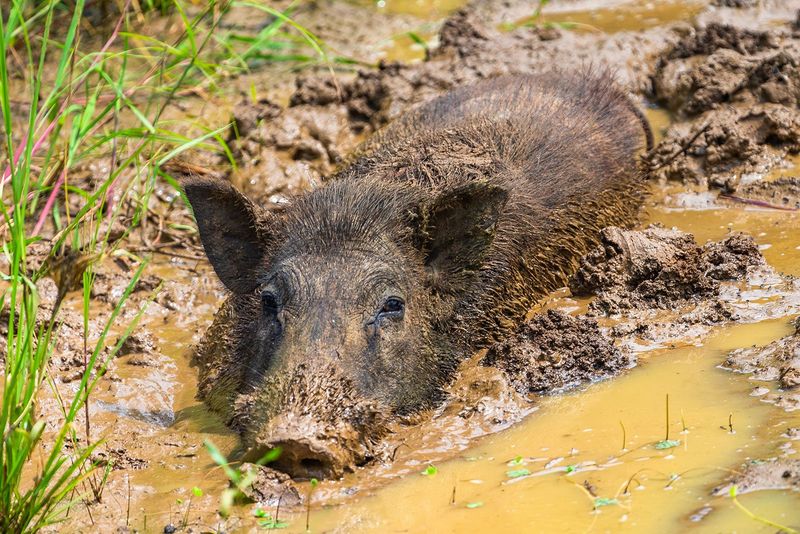
Wild boars create personal mud spas that serve as multipurpose protection stations. Their coarse hair traps the mud efficiently, forming a persistent shield against the sun’s intensity.
The cooling effect prevents overheating during scorching days. Boars have been observed returning to the same wallowing spots for generations, creating distinctive depressions in the landscape.
Whales

Whales face a unique sunscreen challenge—their massive bodies are vulnerable during surface time. Some species produce specialized proteins that absorb UV radiation before it damages deeper skin layers.
Others increase melanin production seasonally. Researchers have discovered that certain whale populations migrate specifically to avoid peak UV exposure in tropical waters.
Gorillas
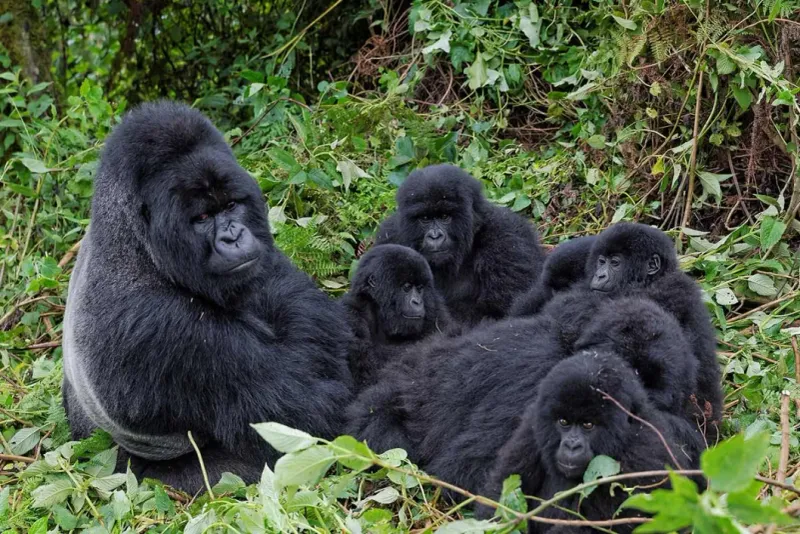
Gorillas orchestrate their daily routines around sun avoidance. Their strategic movements through dense forests maximize shade exposure during midday heat.
They construct nests with canopy coverage that blocks harmful rays. Silverback males often position themselves to shield vulnerable infants from direct sunlight, demonstrating both protective instinct and sun-safety awareness.
Meerkats
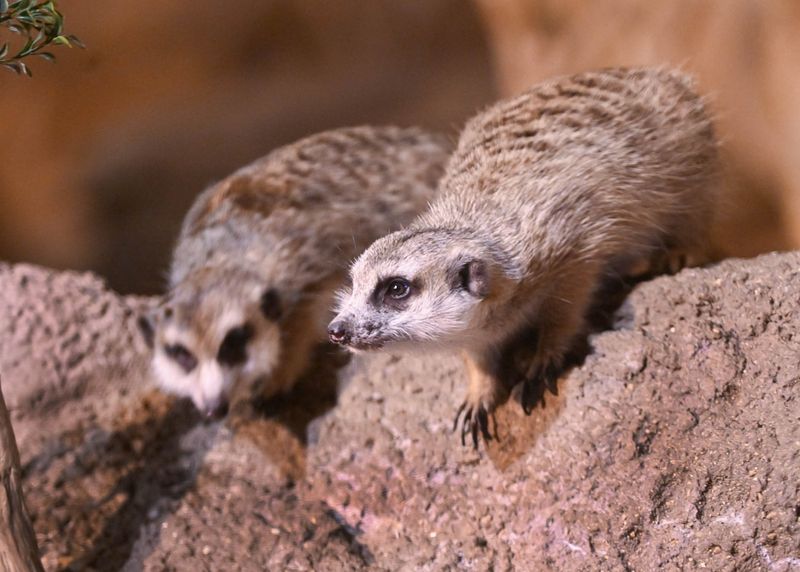
Those adorable dark patches around meerkat eyes aren’t just cute features—they’re sophisticated sun protection! The black markings absorb light that would otherwise reflect into their eyes.
This natural adaptation functions like athletic eye black, reducing glare while scanning for predators. Meerkat sentries can maintain their vigilant watch even during the harshest desert sun without squinting or eye damage.
Polar Bears
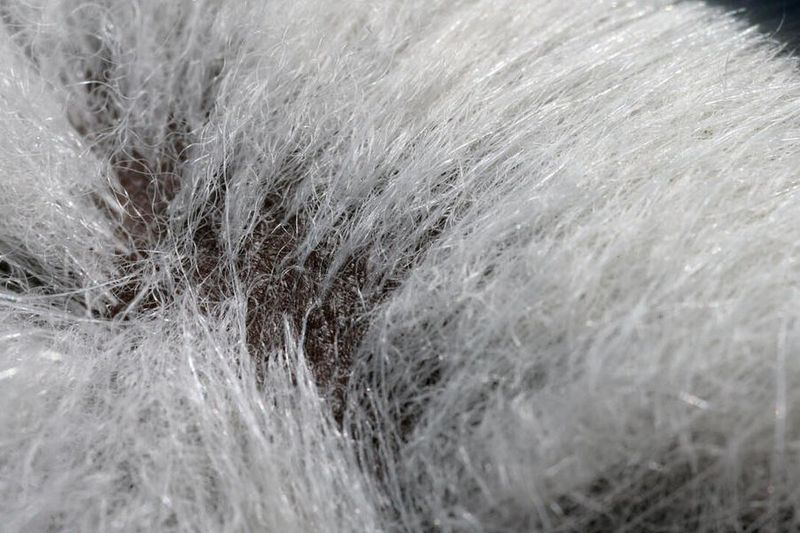
Contrary to popular belief, polar bears face serious sunburn risks! Their transparent fur allows UV radiation to reach their black skin, which absorbs heat efficiently.
Their secret weapon? Special proteins in their skin activate under UV exposure, providing protection. Additionally, they adjust their activity patterns seasonally, becoming more nocturnal during intense Arctic summer sunlight periods.
Tortoises
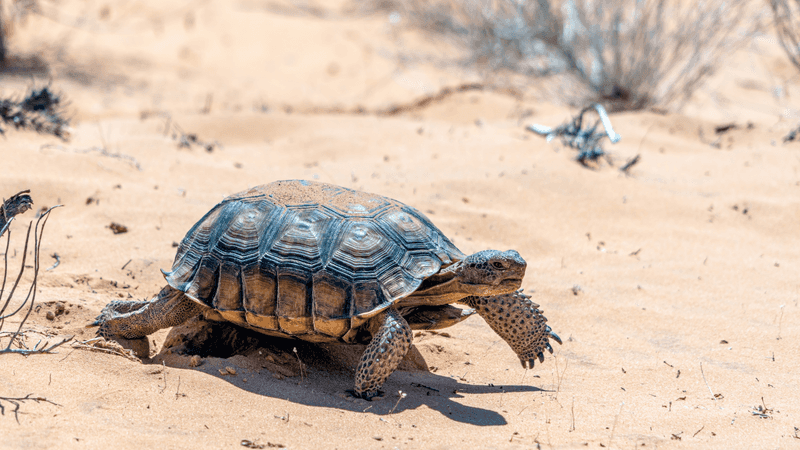
Tortoise shells serve as built-in sun umbrellas! The dome shape minimizes direct sun exposure at any angle, while the keratin material filters harmful rays.
Desert tortoises even adjust their shell positioning throughout the day to minimize exposure. Their specialized respiratory system allows them to remain in their protective shells for extended periods during peak sun without overheating.
Nature’s Ingenious Solutions
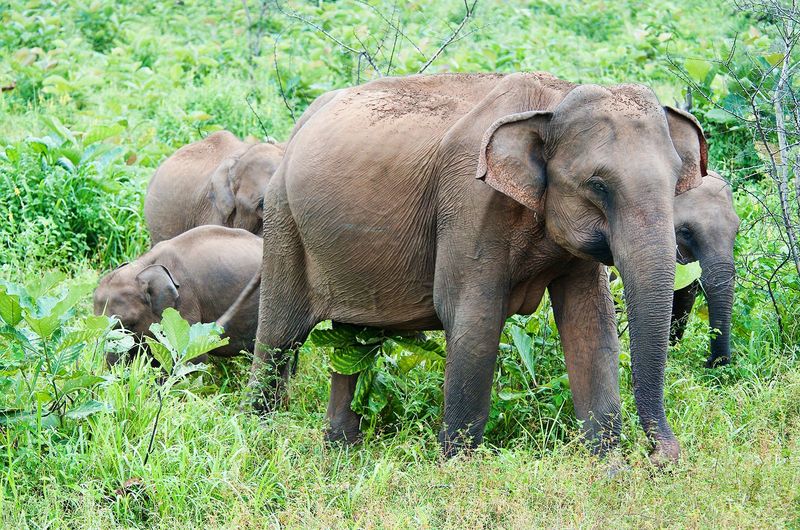
The animal kingdom’s sun protection strategies showcase evolution’s brilliant problem-solving. From chemical secretions to behavioral adaptations, these natural solutions have been perfected over millions of years.
Scientists are now studying these mechanisms to develop better human sunscreens. The next time you apply sunblock, remember you’re participating in a tradition as ancient as life on land itself!

